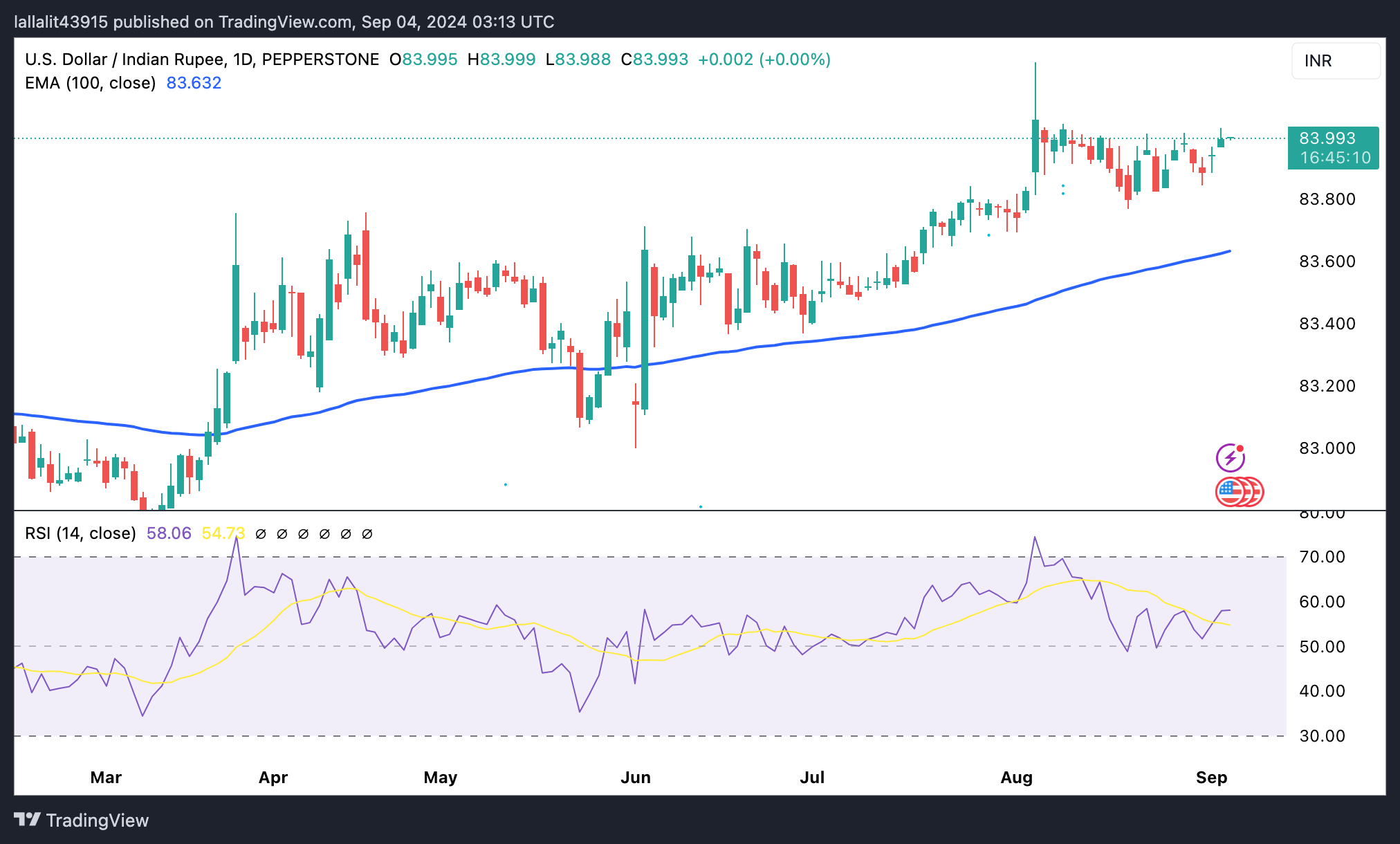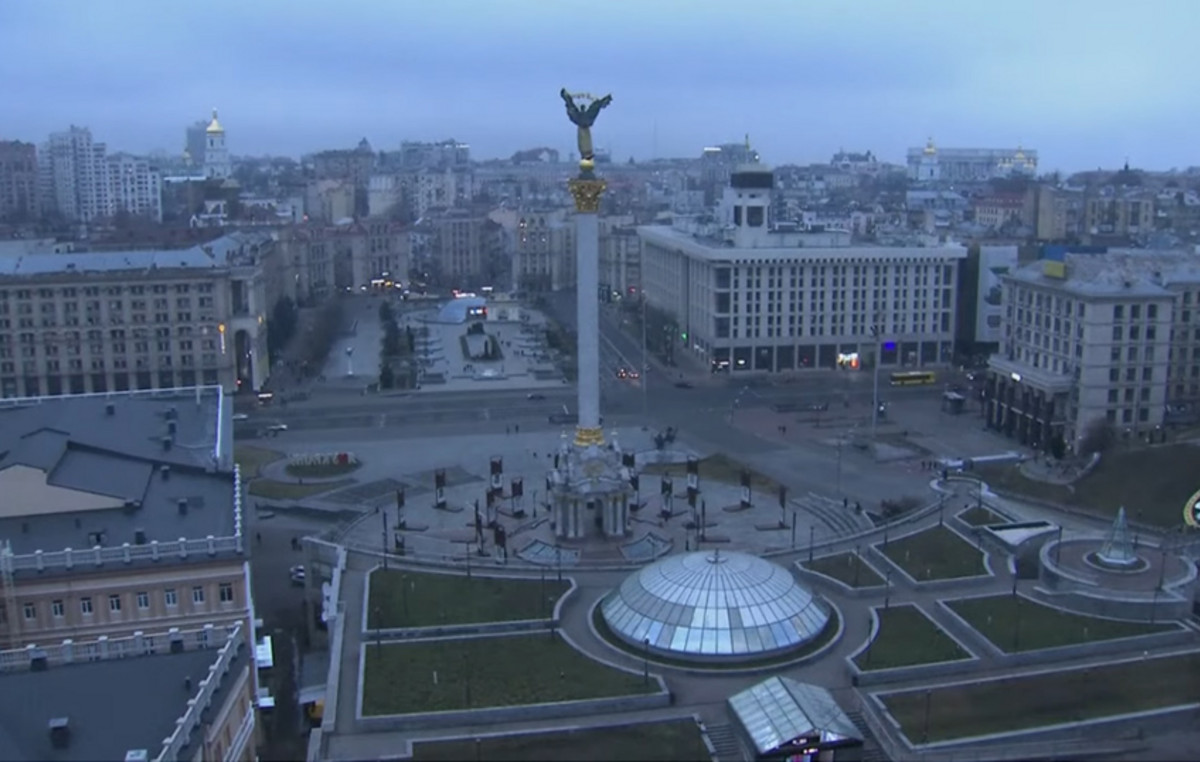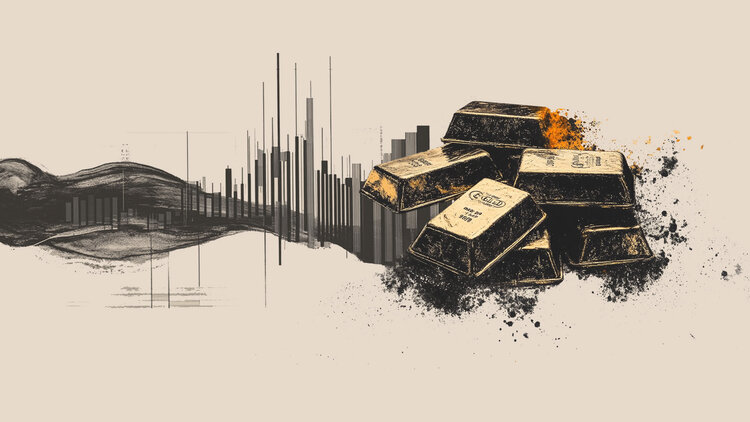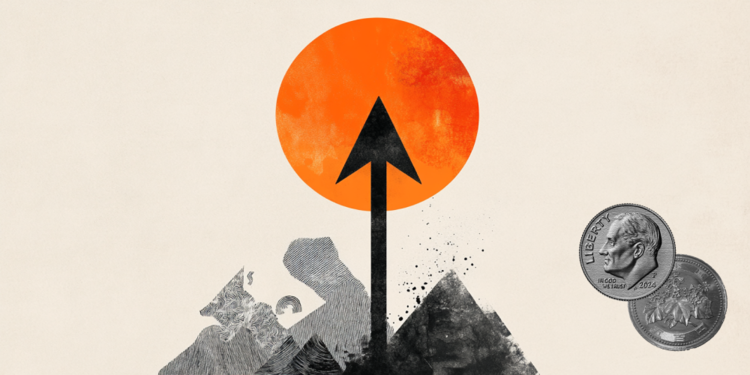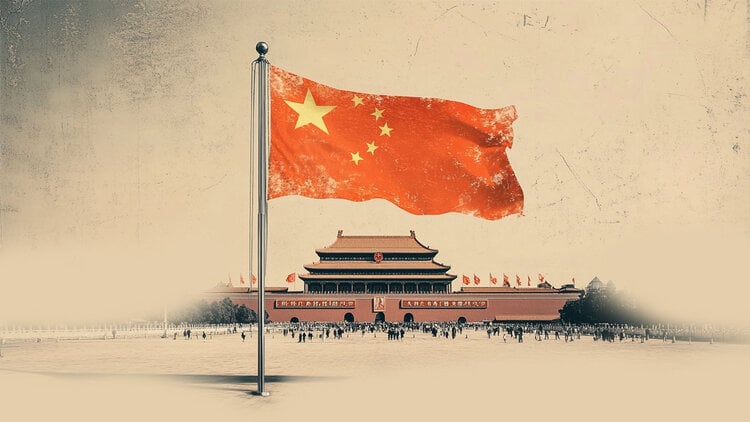- The Indian Rupee is trading flat during Asian trading hours on Wednesday.
- Possible RBI interventions and lower crude oil prices could support the INR, while a firmer USD could limit its upside.
- Investors are looking to HSBC India Services PMI on Wednesday for fresh impetus.
The Indian Rupee (INR) is holding steady on Wednesday. Traders remain on the lookout for possible interventions by the Reserve Bank of India (RBI) to prevent the INR from breaching the 84 mark, although this has not yet been officially confirmed. Meanwhile, a drop in crude oil prices to their lowest level since January could underpin the local currency as India is the world’s third-largest oil consumer and importer.
However, renewed demand for the US Dollar (USD) from importers and risk aversion could weigh on the INR and strengthen the safe-haven currency like the Greenback. Looking ahead, the HSBC India Services Purchasing Managers’ Index (PMI) will be released on Wednesday. On the US economic docket, the JOLTS job openings and the Fed Beige Book will be released. The focus will be on the US Non-Farm Payrolls (NFP) for August on Friday, which could offer some clues on the size and pace of rate cuts by the Federal Reserve (Fed) this year.
Daily Market Wrap: Indian Rupee remains fragile amid multiple headwinds
- The World Bank has raised India’s growth forecast to 7% for the current fiscal year (FY25), from an earlier projection of 6.6%.
- RBI Deputy Governor Michael Patra said India will need rapid economic growth for a decade to achieve Prime Minister Narendra Modi’s goal of becoming a developed country by 2047.
- HSBC India Services PMI is expected to improve to 60.4 in August from 60.3 in July.
- Business activity in the US manufacturing sector continued to contract, albeit at a milder pace in August. The US ISM manufacturing PMI rose to 47.2 in August from 46.8 previously, below expectations.
- Financial markets have priced in about a 61% chance of a 25 basis point (bps) rate cut by the Fed in September, while the chance of a 50 bps reduction stands at 39%, according to the CME’s FedWatch tool.
Technical Analysis: USD/INR is in consolidation mode, long-term bullish outlook remains in place
The Indian Rupee is trading weaker on the day. The USD/INR pair remains in a consolidative mode in the short term. However, in the long term, the positive view on the pair prevails as the price is well supported above the 100-day exponential moving average (EMA) on the daily time frame, with the 14-day Relative Strength Index (RSI) in the bullish territory near 58.0.
The psychological figure of 84.00 seems to be a tough nut to crack for the USD/INR. A decisive break above this level could pave the way towards 84.50.
On the bearish case, the initial support level emerges at 83.84, the low of August 30. A break of said level could lead to a decline, possibly dragging the pair towards the 100-day EMA at 83.62.
Indian Rupee FAQs
The Indian Rupee (INR) is one of the most sensitive currencies to external factors. The price of crude oil (the country relies heavily on imported oil), the value of the US Dollar (most trade is done in US Dollars) and the level of foreign investment are all influential factors. Direct intervention by the Reserve Bank of India (RBI) in the foreign exchange markets to keep the exchange rate stable, as well as the level of interest rates set by the RBI, are other important factors that influence the Rupee.
The Reserve Bank of India (RBI) actively intervenes in the foreign exchange markets to maintain a stable exchange rate and help facilitate trade. In addition, the RBI attempts to keep the inflation rate at its target of 4% by adjusting interest rates. Higher interest rates typically strengthen the Rupee. This is due to the role of the “carry trade,” where investors borrow from countries with lower interest rates to place their money in countries offering relatively higher interest rates and profit from the difference.
Macroeconomic factors that influence the value of the Rupee include inflation, interest rates, economic growth rate (GDP), trade balance, and foreign investment inflows. A higher growth rate can lead to higher overseas investment, increasing demand for the Rupee. A less negative trade balance will eventually lead to a stronger Rupee. Higher interest rates, especially real rates (interest rates minus inflation) are also positive for the Rupee. A risk-off environment can lead to higher foreign direct and indirect investment (FDI and FII) inflows, which also benefit the Rupee.
Higher inflation, particularly if it is comparatively higher than other countries, is generally negative for the currency as it reflects a devaluation through excess supply. Inflation also increases the cost of exports, leading to more rupees being sold to buy foreign imports, which is negative for the Indian Rupee. At the same time, higher inflation usually leads the Reserve Bank of India (RBI) to raise interest rates and this can be positive for the Rupee, due to increased demand from international investors. The opposite effect applies to lower inflation.
Source: Fx Street
I am Joshua Winder, a senior-level journalist and editor at World Stock Market. I specialize in covering news related to the stock market and economic trends. With more than 8 years of experience in this field, I have become an expert in financial reporting.

